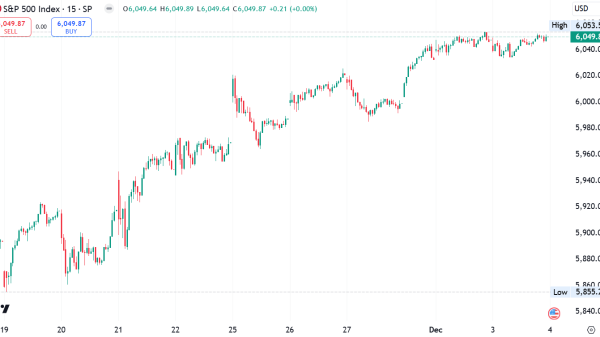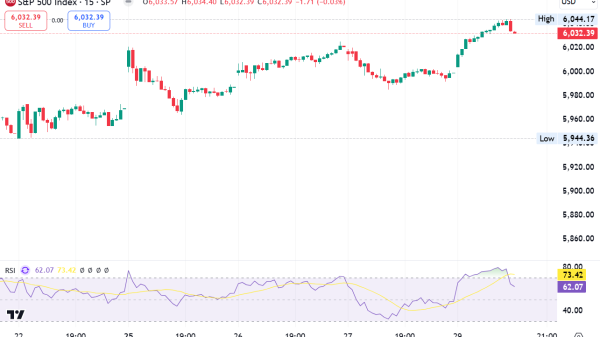What Is a Liquidity Sweep, And How to Trade Liquidity Sweeps?
Key Takeaways
Liquidity sweeps are strategic manoeuvres utilized by major traders to activate orders and cause notable price shifts at key zones.
Getting all the perks market structure is crucial for leveraging these movements. Trend identification and liquidity zones allow for targeted trading strategies.
Effective trading requires vigilant price monitoring** in identified zones, with a keen eye on order flow and market conditions to spot sweeps.
Liquidity sweeps provide market insights and enhance decision-making, allowing traders to improve strategies and predict market trends.
Have you ever thought about what liquidity sweep is actually? Why is it crucial to learn about these particular sweeps and how to trade them as a true professional?
Understanding key concepts like liquidity is important to learn trading strategies effectively. Firstly, it greatly affects their plans, especially when traders decide when to enter or leave the market.
This article will briefly discuss liquidity sweeps, where great trading professionals trigger pending orders to impact prices.
We’ll also explore how traders worldwide use this to gain deeper insights!
Get the liquidity sweep meaning and explanation.
A liquidity sweep in trading represents a certain event under the Smart Money Concept (SMC) framework. In that event, key market participants carry out high-volume transactions to activate a group of pending buy or sell orders at particular price points.
In that manner, that allows them to establish a large position with minimal slippage.
Understanding Liquidity Sweeps in Trading
Before getting into this type of sweep, it’s crucial to remember that liquidity signifies the capacity to quickly buy or sell assets without noticeably altering their prices.
This concept is crucial because it affects how smoothly transactions occur. For instance, high liquidity indicates a consistent presence of buyers and sellers at any time.
That results in closer spreads between buy and sell prices and more efficient trading operations.
Liquidity as the Market’s Circulatory System
Like a circulatory system, liquidity is crucial for the market’s smooth and effective operation. It ensures that financial assets can be quickly bought and sold at stable prices.
Retail traders, financial institutions, and market makers contribute by providing enough trading volume to maintain this flow.
What are the dynamics of liquidity exactly?
Liquidity generally represents fluid and is, without a doubt, ever-changing. This particular liquidity is influenced by factors such as breaking news and economic developments that can affect the pace of trading greatly.
For professional traders, getting a deep understanding of liquidity is crucial. Firstly, it greatly affects their plans, especially when traders decide when to enter or leave the market.
This way of action, very frequently, triggers quick shifts in price and focuses on areas known as liquidity pools.
How do Liquidity Sweeps Work?
To better understand how liquidity sweeps occur, let’s begin with how they start. In the first place, these sweeps start when big players like institutional traders or large speculators spot key market areas.
They then push the market toward these areas, setting off other orders that are grouped there. When these orders are activated, they increase the initial push.
This can result in more significant price movements in the desired direction. Traders utilize this tactic to get into or out of positions advantageously, nudging the price to a point where it might soon reverse.
Getting to know Liquidity Zones
Before knowing all about its market dynamics and technical analysis, it is important to note what Liquidity zones are. Shortly, liquidity zones represent specific sections on a trading chart.
Orders densely accumulate in these areas, including stop losses and pending orders. In addition, these areas are crucial as they indicate where significant buying or selling interest is expected to occur once triggered.
Once these specific prices hit these zones, the piled-up orders get activated, leading to rapid and pronounced shifts in price.
How to identify a Liquidity Sweep in the Market?
To identify a liquidity sweep, observing areas where liquidity concentrates significantly and how price movements relate to these zones within the current market structure is crucial.
Liquidity tends to gather at strategic points marked by high volumes of stop-loss and pending orders.
Key areas to watch include:
Swing Highs and Swing Lows: These are significant peaks and troughs in the market where orders accumulate due to expected support or resistance, reflecting the underlying market conditions.
Support and Resistance Levels: These historical zones consistently influence price movements due to their impact on order flow and market structure.
Fibonacci Levels: Popular in technical analysis, these levels often attract clusters of orders and can indicate shifts in market conditions.
Detecting a Liquidity Sweep
To successfully detect a liquidity sweep, it’s essential to:
Monitor how prices approach and breach key levels
Pay close attention to the current order flow and market conditions.
Traders should also look for a pronounced shift beyond these areas and carefully observe how the asset responds once it encounters critical points, such as order blocks.
Besides all that, these traders must watch for any signs of a price reversal or slowdown, as these could indicate that a sweep has occurred and the market is beginning to stabilize.
Using this strategy, traders can discern whether a significant price movement is likely the result of a sweep.
Practical Applications of Liquidity Sweeps in Trading
Identify the current trend by analyzing the market’s highs and lows that dictate movement direction.
Identifying Liquidity Zones
Spot key liquidity zones within the trend, typically significant recent swing points or consistent support/resistance levels.
Analyzing Order Blocks and Fair Value Gaps
Search for an order block past a liquidity zone. A fair value gap nearby increases the likelihood of this block being targeted as these gaps frequently fill.
Executing Trades
Place limit orders at an order block when the price sweeps through, setting a stop loss just outside in anticipation of a market reversal.
Enhancing Entry Confidence with Liquidity Sweeps
A liquidity sweep into an order block not only suggests a potential reversal but also boosts confidence in the position due to the market’s momentum needed to reach the block.
With the right combination of trend analysis, identification of liquidity zones, and strategically using order blocks, traders can do the following:
Crafting a sophisticated strategy that utilizes sweeps to enhance their decision-making and improve trading results.
Bottom Line
Liquidity sweeps are key strategies major traders use to trigger significant market movements by activating orders in densely populated zones.
By closely observing market moves, with the proper financial advice, price actions, and order flows, traders can spot sweeps and strategically decide when to enter or exit trades. Mastering liquidity sweeps thus enhances trading accuracy and boosts overall market performance.
The post What Is A Liquidity Sweep – And How to Trade? appeared first on FinanceBrokerage.






























